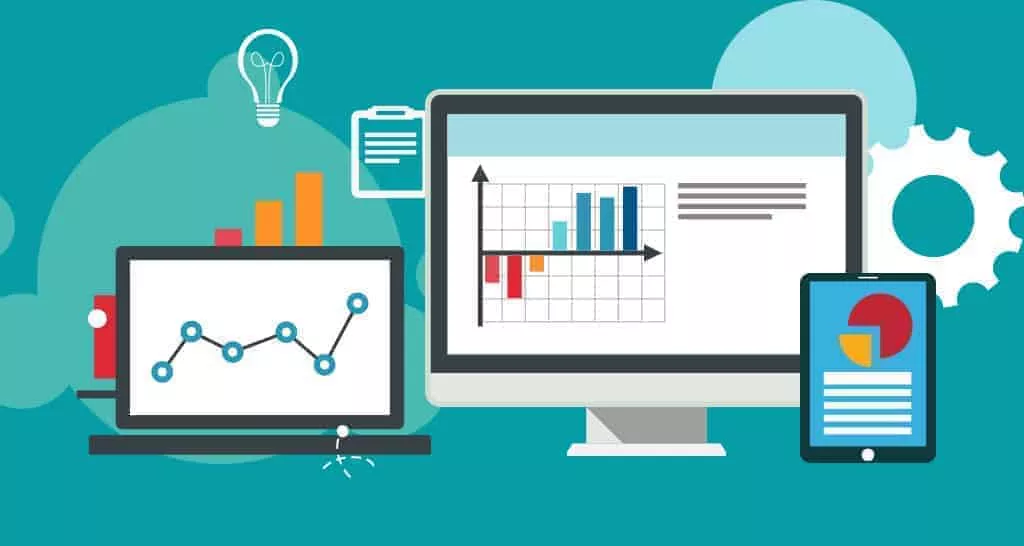With the growth of strategic sourcing and procurement, reverse auctions are playing a bigger role in helping businesses optimize procurement procedures, achieve cost savings, and negotiate supplier agreements. Contrary to traditional auctions where buyers bid to get the goods or services, reverse auctions turn the game upside down by making the suppliers the ones who compete for the business. In this article, we try to understand all those different advantages of reverse auctions which come as a part of strategic sourcing software that force the procurement process and end up in rewriting organizational results.
- Cost savings:
Among many attributes of reverse auctions cost saving is one of the most substantial determinants bringing economic benefits to the organizations. Through competitive bidding from suppliers, reverse auctions create a fair and competitive market which, very often, leads to lower prices for the goods and services. Competition over supplying is very tight since suppliers must offer the most competitive price at fixed times which may result in cost savings up to 20% more than the conventional sourcing methods. The direct result of these cost savings is observation right at the bottom line, which can only be maintained due to the organization’s positive financial achievements.
- Price discovery:
Reverse auctions are tools that are helpful in the process of price discovery by providing real-time visibility of the market prices and supplier offers. The bidding process is a source of guidance for organizations to get a real market value of commodities and services which helps organizations to compare prices of the commodities and services and then negotiate more efficiently with suppliers. Furthermore, reverse auctions make market-driven competition among suppliers possible, and the price competition results in fair prices. These prices can be transparent so that they match the market dynamics and capabilities of suppliers. This price transparency allows organizations to make well-informed sourcing decisions and thus, maximum value in the procurement of their spending.
- Efficiency and time savings:
By taking a reverse auction approach, procurement processes are simplified and cycle times are shortened, hence leading to downstream productivity improvements. The traditional procurement methods, which are characterized by a lot of negotiations and multiple discussions, are in sharp contrast to the reverse auctions. These enable quick decision-making and accelerate the sourcing process. Suppliers bidding in real-time diminishes the overhead for manual negotiations and speeds up the allocation of contracts. For instance, reverse auction acts as a valued host to several tasks relating to the administration like the managing and documentation of bids which puts aside the procurement team to handle practical activities.
- Supplier competition and innovation:
Reverse auctions are an excellent way to create healthy competition among suppliers because they will make them put their best ideas and services to win the business. Suppliers may seek impressions by means that differ in price, quality and reliability. Such an atmosphere is also employed as a motivator for suppliers to develop and innovate resulting in the organization receiving the highest quality products and services through access to higher quality options from various bidders. Besides, reverse auctions make it possible for companies to find and communicate with new suppliers, which in turn allows companies to widen the supplier base and enhance diversity in the supply chain.
- Transparency and compliance:
A reverse auction is a kind of procurement that helps with transparency and compliance by giving a chronological trail of all transactions as well as their results. An organization can monitor every part of the auction process, for example, a bid submission, price changes and decision-making, to document all the steps. They’ll be able to do so, guaranteeing fairness and transparency in procurement events. Also, reverse auctions are a means of complying with internal procurement policies and external regulations by standardizing the sourcing procedures and imposing the fulfilment of the predefined criteria and requirements. These transparencies and compliance will reduce risks and they will make the procurement lifecycle that supports better governance be achieved.
- Data-driven decision-making:
Reverse auctions enable firms to get important data and insights that they may utilize to improve data-driven procurement decisions. Through collecting bidding data, pricing trends and supplier performance criteria, reverse auctions bestow upon organizations applicable information that would help them decide their strategies and achieve favourable conditions for themselves. Predicate advanced analytics through the reporting tools would provide Power organizations with in-depth insight to evaluate the results of auctions, figure out the saving chances in procurement, and improve them for future events. This data-driven method of analysis improves visibility into procurement performance and allows organizations to be constantly updated on their sourcing practices.
- Risk mitigation:
Reverse auctions are a great way to transfer the vendor’s selection risk to the marketplace as well as reduce the risks of supplier negotiations by creating a competitive and transparent sourcing environment. Organizations undertake supplier prequalification and due diligence is conducted through the companies can assess the capabilities of suppliers, evaluate performance metrics and remedy supply chain risks of themselves. On the other hand, reverse auctions make it possible for organizations to broaden their supplier base and decrease their dependence on a single source, thus improving resilience and eliminating supply chain disruptions. This forward-planning risk management technique serves as the key to the organization to make sure it keeps its interests intact and also its functions continuous.
Finally, reverse auctions provide a large array of advantages to organizations which go for improving procurement processes, and the supply chain’s efficacy. Reverse auctions have a lot of advantages such as cost savings and efficiency gains, as well as transparency and risk mitigation, and they allow organizations to reach their strategic sourcing objectives and remain competitive in the current dynamic business environment. It thus becomes imperative to select the right reverse auction software for your organization. Reverse auctions adopted as a strategic tool by organizations, bring efficiency to procurement processes, consequently creating conditions for the achievement of tangible benefits that contribute to the organization’s success and growth. So, look for the best software that can help your organization to meet the desired goals.




